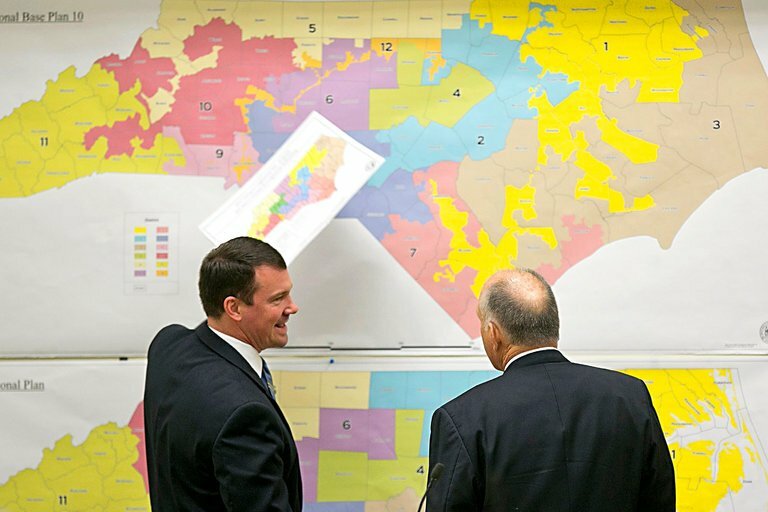I have previously noted that the General Assembly should require transparency (along with clear standards) in the redistricting process this fall.
Perhaps unsurprisingly, transparency in the redistricting process helps stave off lawsuits. That is the conclusion of a working paper by Professor Rebecca Green, the Co–Director of the Election Law Program at William & Mary Law School:
Factors leading plaintiffs to challenge legislative lines are multifaceted; the reasons redistricting litigation flares (and persists) are complex. Still, states with more transparent processes generally did experience less litigation. And, courts made clear again and again that the degree of process transparency mattered in their rulings. Line drawers who prefer to spend less time in the witness chair in the 2020s would be wise to absorb the value of an open and transparent process in staving off litigation and winning judges’ favor when maps do land in court.
There will be lawsuits over any districts the General Assembly draws this year. Eric Holder, chairman of the National Democratic Redistricting Committee, all but said as much in a talk earlier this year at the University of North Carolina School of Law. However, the General Assembly can make their district maps more likely to survive those lawsuits by drawing them in a transparent process.


